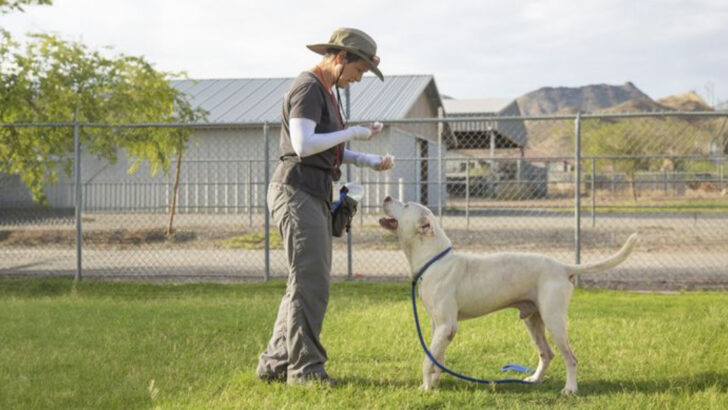Still using “alpha” training on your dog? It’s time to let that go—fast.
The dog world has evolved, and what used to sound tough and authoritative now just sounds… wrong. Yanking leashes, forced dominance, or staring contests with your pup? That’s yesterday’s news—and your dog knows it.
Many pet owners over 50 learned from books, TV shows, or old-school trainers who meant well but got a lot wrong. That doesn’t make you a bad dog parent—but it might mean your dog is confused, anxious, or tuning you out.
The truth? Great training today is more about trust than control. And the best part? It works better. Let’s break down the outdated advice still lurking in backyards and obedience classes—and replace it with methods that actually build the bond you’ve always wanted.
Dominance Theory
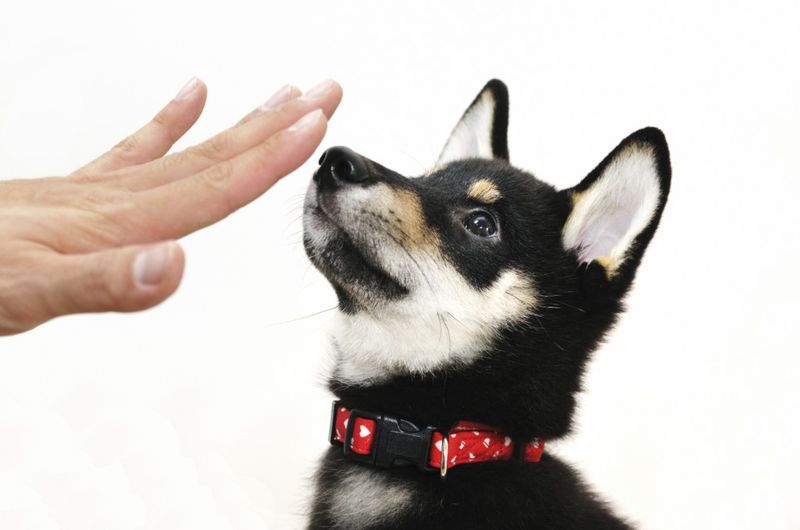
The dominance theory, once popular, is based on misconceptions about how dogs relate to humans. The idea that dogs constantly vie for dominance and need to be shown who’s boss is not supported by modern science. Today’s animal behaviorists advocate for more positive, reward-based methods.
Using dominance-based techniques can lead to fear and anxiety in dogs. These outdated methods often involve intimidating postures or actions, which can damage the human-animal bond. A shift towards understanding and cooperation is needed.
Instead, focus on building a relationship based on trust and communication, rather than control.
Leash Pulling Corrections
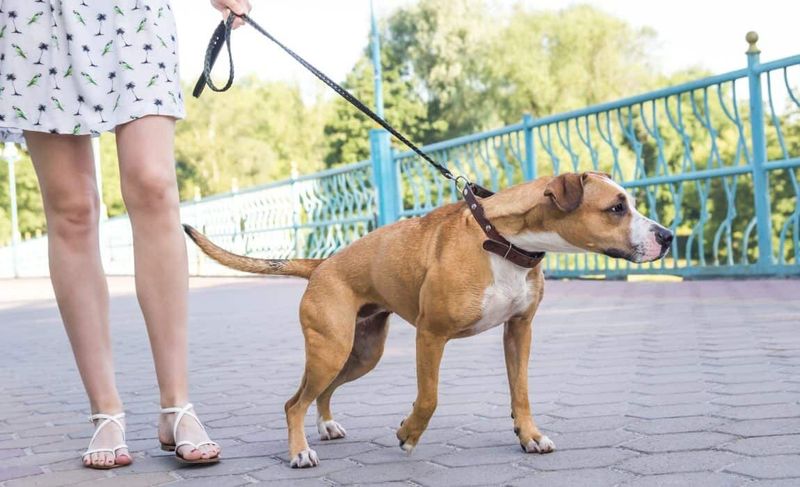
Leash pulling corrections, typically involving sharp jerks on the leash, are an old-school method that can harm your dog. This technique, meant to assert control, can cause neck injuries and create a stressful walk for both the dog and owner.
Modern trainers recommend teaching loose-leash walking through positive reinforcement. This involves rewarding your dog when they walk beside you calmly.
Such methods not only make walks enjoyable but also strengthen your bond. Dogs learn better behavior through encouragement rather than force, making training a positive experience.
Alpha Rolls
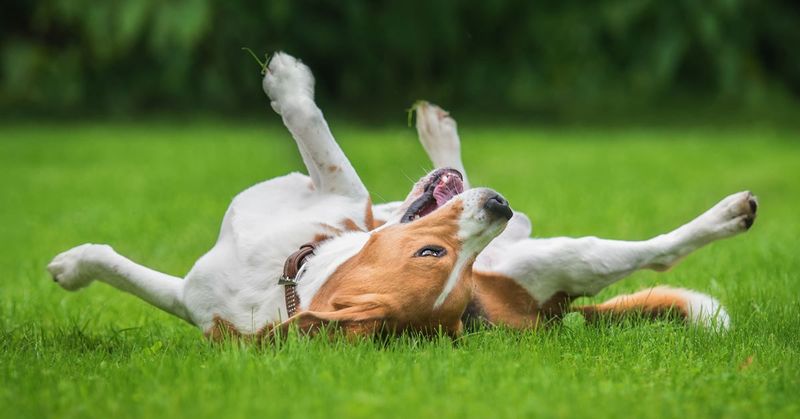
Alpha rolls involve physically rolling a dog onto its back to show dominance. This outdated technique can cause significant stress and fear in dogs. Many experts now agree that it’s ineffective and can even lead to increased aggression.
Instead, focus on positive reinforcement techniques that reward desirable behavior. This approach builds trust and encourages cooperation between you and your dog.
The alpha roll method is a relic of past misunderstandings about canine behavior. Emphasizing mutual respect and gentle guidance leads to a happier and healthier relationship with your pet.
Choke Chains
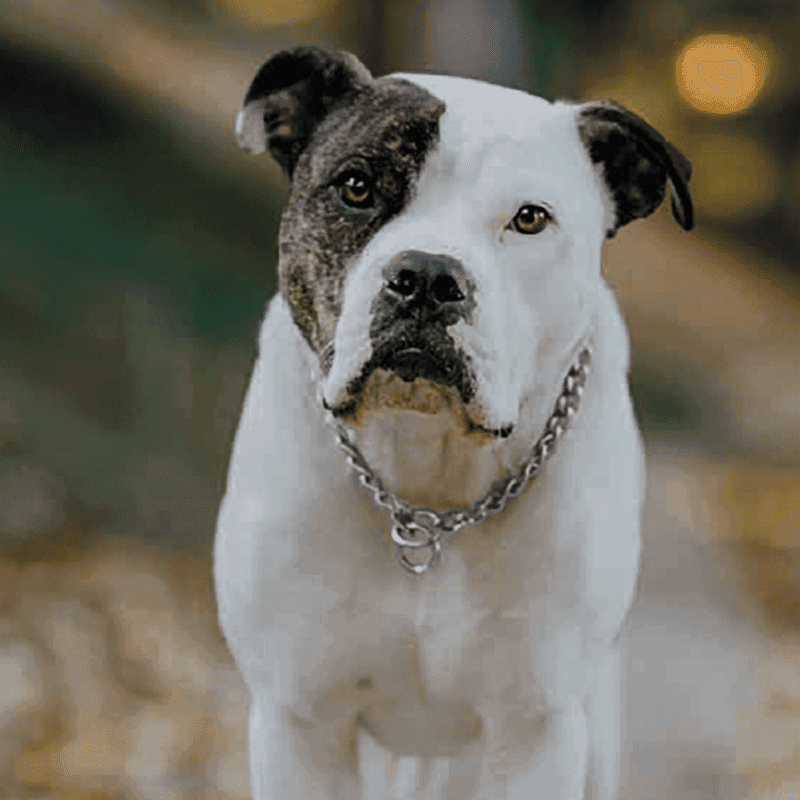
Choke chains have been used for decades to control dogs, but they can cause harm and discomfort. When a dog pulls, the chain tightens, leading to potential injury and distress.
Modern alternatives like harnesses provide better control without inflicting pain. These devices distribute pressure evenly across a dog’s body, making walks more comfortable and enjoyable.
Abandoning choke chains in favor of humane options respects your dog’s well-being and fosters a kinder training environment. Equip your dog with tools that promote safety and comfort.
Flooding Technique
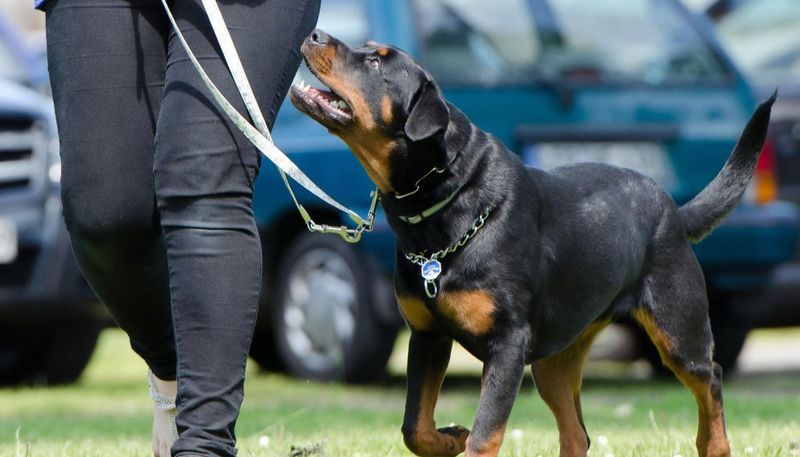
Flooding involves exposing dogs to their fears in overwhelming doses until they no longer react. This method overlooks the emotional well-being of the dog and can lead to increased anxiety and fear.
Gradual desensitization is a more effective and humane approach. This technique involves slowly introducing the dog to their fears with positive reinforcement, helping them learn to cope over time.
Prioritizing your dog’s comfort and security ensures a more compassionate training method. Develop patience and understanding for better results in overcoming fears.
Ignoring Bad Behavior Completely
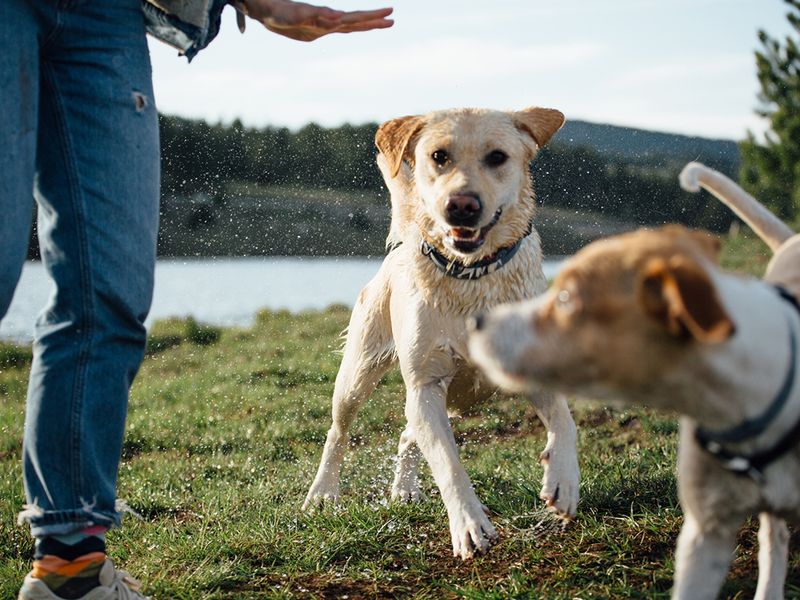
While ignoring certain bad behaviors can be useful, it’s not a one-size-fits-all solution. Some actions require intervention to teach your dog appropriate behavior. Simply ignoring misbehavior can lead to confusion.
Use redirection or alternative commands to guide your dog’s actions positively. Acknowledge what they do right, and they’ll naturally shift away from undesirable behaviors.
Understanding when to engage is crucial for effective training. Balance is key, ensuring that both positive reinforcement and redirection lead to better behavior management.
Using Fear to Train

Training through fear can break trust and instill anxiety in your dog. Methods that utilize loud noises or threatening postures can have long-lasting negative effects on a dog’s psyche.
Switch to trust-based strategies that focus on rewards and encouragement. This not only enhances your dog’s learning but also strengthens your bond.
Empathy and understanding should form the core of any training regimen. Dogs trained with love and patience tend to be more confident and well-adjusted.
Treating All Dogs the Same
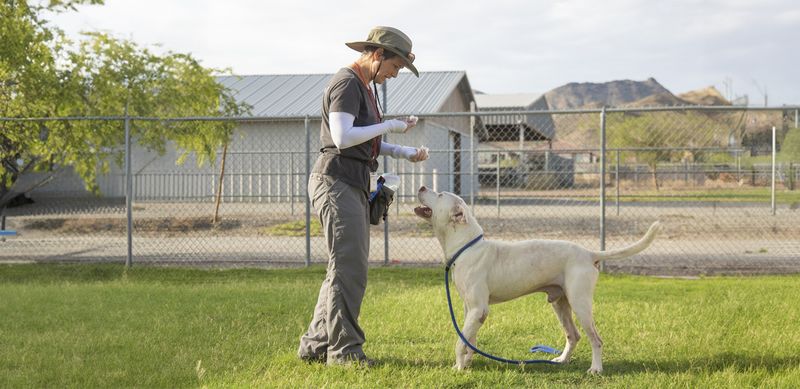
Each dog is unique, with individual needs and personalities. Training all dogs the same way disregards these differences and can lead to ineffective outcomes.
Tailor your methods to suit the dog’s temperament, size, and energy levels. A personalized approach ensures that training is both effective and enjoyable for your dog.
Recognize the individuality of each dog to meet their specific requirements. Understanding these differences can lead to more successful training sessions.
Staring Down Your Dog

Staring down a dog to assert dominance is often perceived as a threat, potentially escalating aggression or fear. Dogs interpret direct eye contact differently than humans.
Instead, use positive body language to communicate calmly and assertively. Building a rapport based on mutual respect encourages your dog to follow commands willingly.
Avoid confrontational methods that undermine trust. Focus on fostering a safe, understanding environment that promotes cooperation and affection.
Punishing After the Fact
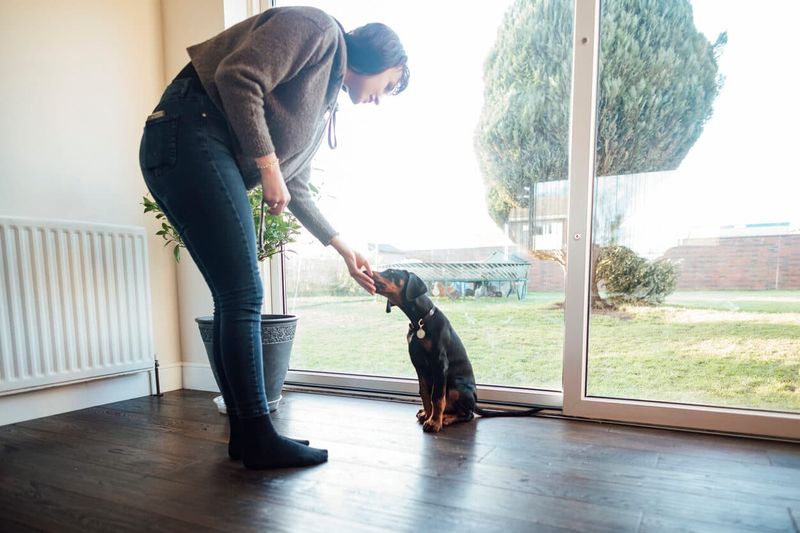
Punishing a dog for something they did earlier is ineffective, as dogs live in the moment. They may not understand the connection between the punishment and the misdeed.
Instead, catch unwanted behavior as it happens and redirect them positively. Reinforce good behavior with immediate rewards and praise.
Timely intervention and positive reinforcement are the cornerstones of effective training. This approach helps dogs learn and adapt more efficiently.
Keeping Training Sessions Long
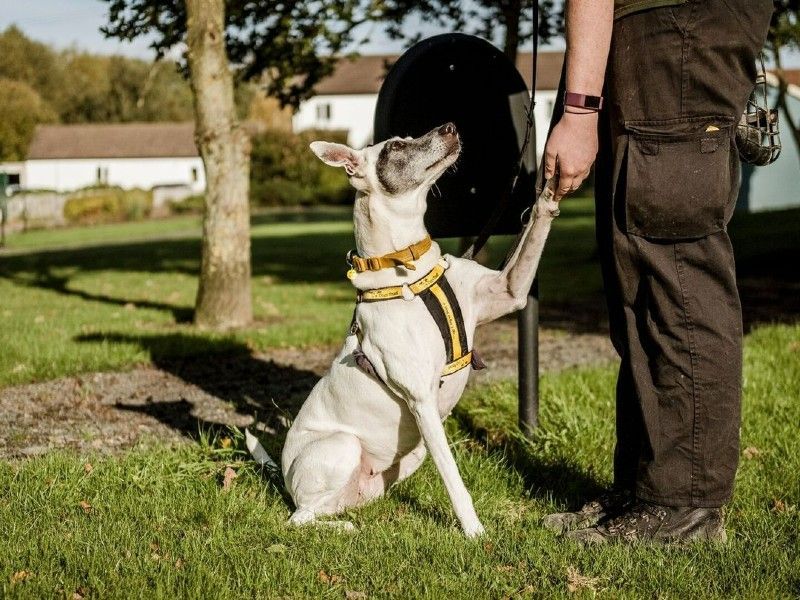
Extended training sessions can lead to boredom and frustration for both you and your dog. Dogs respond better to short, engaging sessions that keep their attention.
Aim for 5–10 minute sessions throughout the day to reinforce learning without overwhelming your pet. This keeps training fun and effective.
Adapt to your dog’s attention span and energy levels for the best results. Engaging, focused bursts of training are more beneficial than prolonged sessions.
Assuming Old Dogs Can’t Learn New Tricks
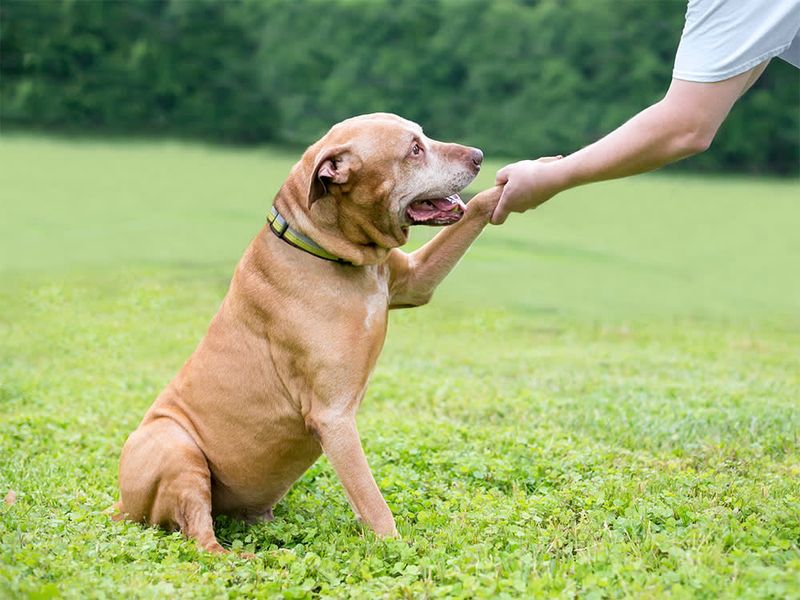
The saying “you can’t teach an old dog new tricks” is a myth. Older dogs are perfectly capable of learning and adapting to new behaviors when given proper guidance.
Training sessions with senior dogs require patience and understanding, but the rewards are well worth the effort. They can learn new commands and tricks, keeping their minds sharp and active.
Celebrate the potential for growth at any age. Persistence and positive techniques ensure lifelong learning for your beloved pet.
Using Physical Discipline
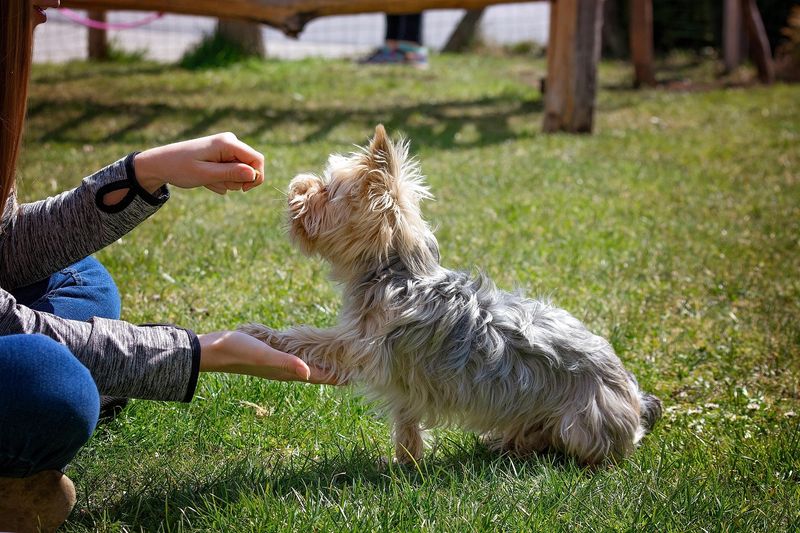
Physical discipline, such as hitting or slapping, is not only cruel but counterproductive. It can lead to fear, aggression, and a breakdown in the bond between you and your dog.
Modern training emphasizes positive reinforcement and patience. Encourage good behavior through treats and praise instead of punishment.
Develop a nurturing relationship with your dog, rooted in kindness and respect. Compassionate training methods yield happier, more confident pets.
Expecting Instant Results
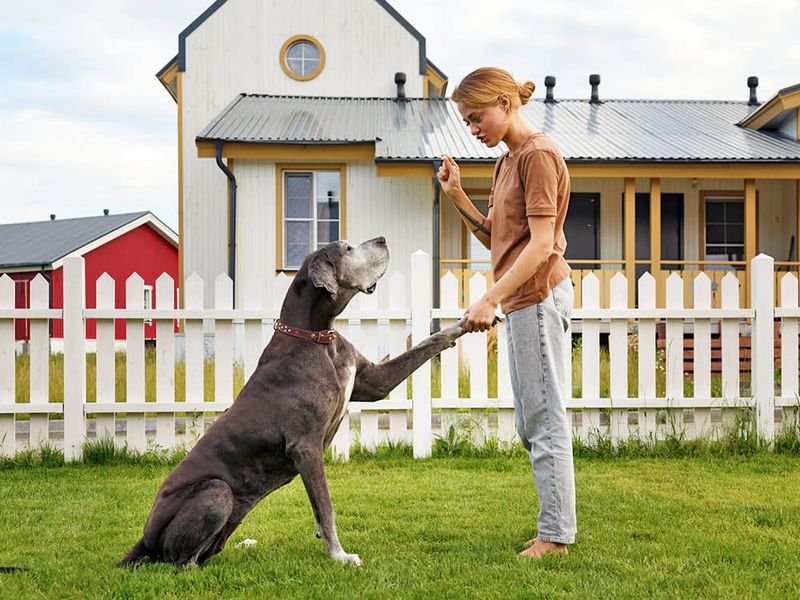
Training takes time and patience. Expecting immediate results can lead to frustration and discourage both you and your dog.
Celebrate small victories and progress along the way. Set realistic goals and understand that every dog learns at their own pace.
Embrace the journey of training with an open heart. Building a mutual understanding requires time but leads to lasting success.
Avoiding Socialization
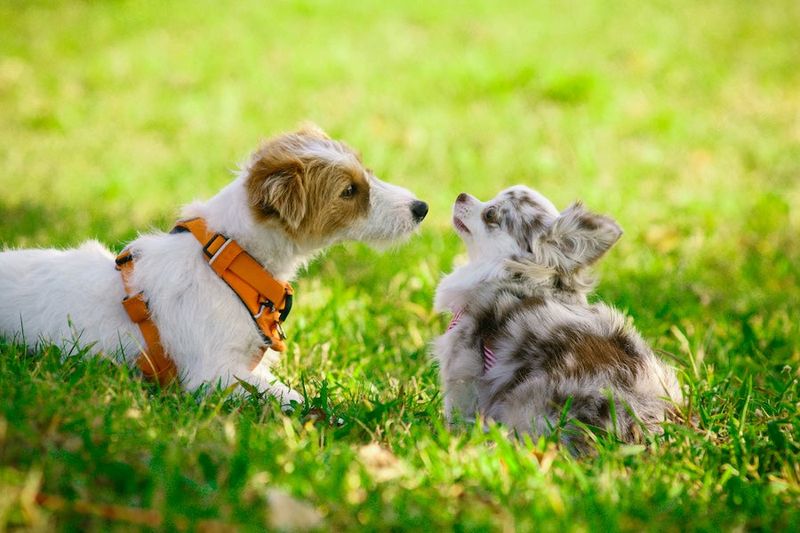
Fear of negative interactions can lead some owners to avoid socializing their dog, but this is a key aspect of their development. Early exposure to different environments and creatures is crucial.
Controlled socialization helps your dog become well-adjusted and less fearful. Start with supervised playdates and gradual exposure to various settings.
Lifelong social skills are fostered through thoughtful integration. A well-socialized dog is more adaptable and happy in diverse situations.
Using Food as the Only Reward
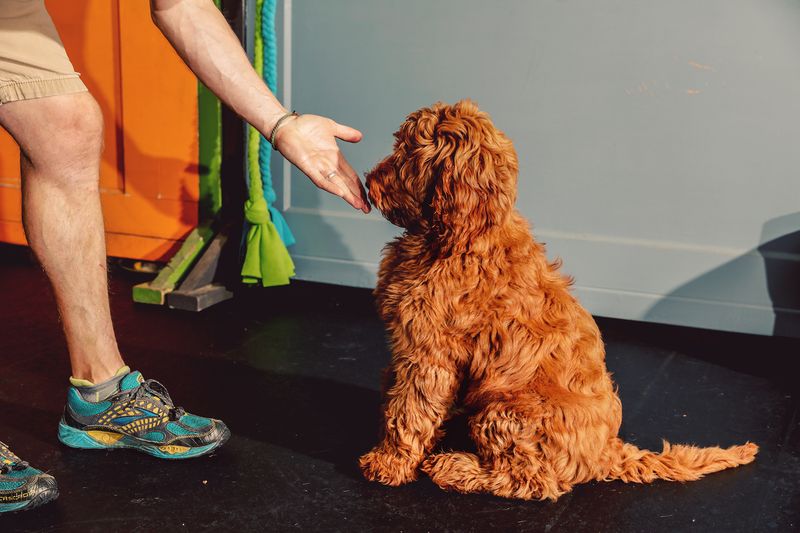
Relying solely on food rewards can lead to dependency and diminish the effectiveness of training over time. Dogs benefit from varied rewards and motivations.
Incorporate praise, play, and affection as alternatives to treats. This balance encourages obedience and keeps your dog’s interest.
Diversifying rewards maintains excitement and reinforces good behaviors without relying exclusively on treats. Craft a rewarding experience that suits your dog’s preferences and needs.
Ignoring Mental Stimulation

Physical exercise is important, but mental stimulation is equally crucial for a dog’s well-being. Neglecting this aspect can lead to boredom and behavioral issues.
Incorporate puzzle toys, interactive games, and training sessions that challenge your dog’s mind. This keeps them engaged and prevents destructive behaviors.
Nurture both body and mind for a balanced, content dog. A well-rounded approach to exercise and mental enrichment fosters a harmonious home environment.
Using One-Size-Fits-All Training Methods
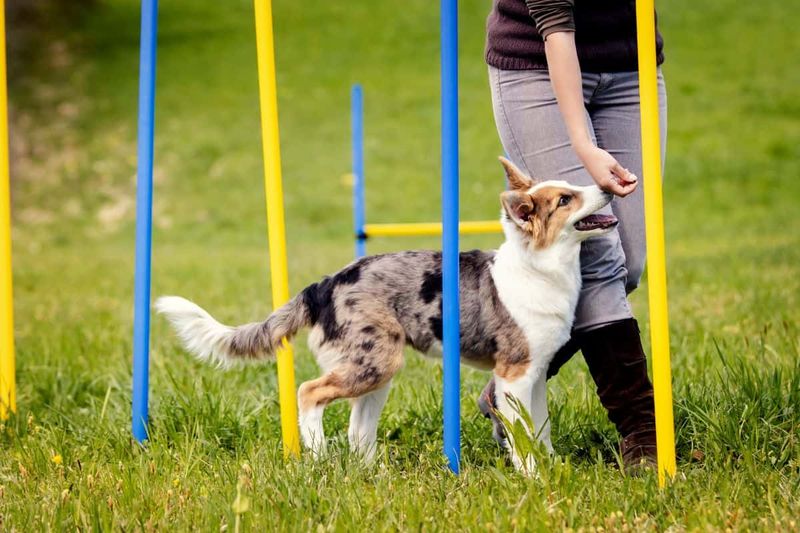
Remember when one-size-fits-all seemed like the answer to everything? In dog training, this approach is outdated. Each dog is unique, from their temperament to their learning style. Applying the same method to every dog is like expecting every child to learn the same way.
Instead, observe your dog’s behavior and personality. Tailor your training methods to fit their individual needs. This might require a little more effort and creativity, but the bond you build will be worth it.
By considering your dog’s personal quirks and preferences, you’ll foster a more harmonious relationship and more effective training.

